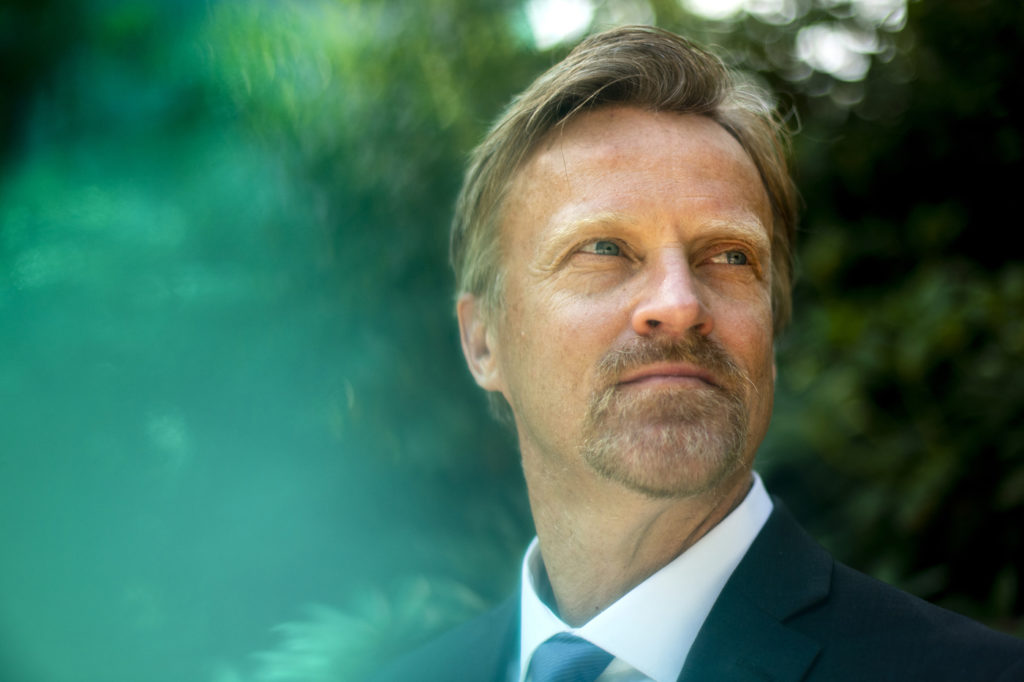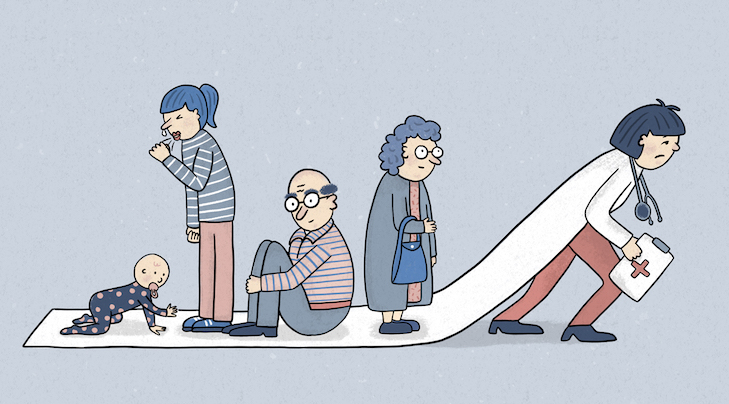This article previously appeared on News@Northeastern. It was written by Emily Arntsen – contributor.
Timothy Hoff has dedicated his career to researching healthcare policy and management issues. He's not a doctor himself, but in the decades he's spent studying physician behavior, he can now diagnose something some doctors can't often spot in themselves—burnout.
“Doctors who are experiencing high levels of burnout often talk about their patients and clinical work in negative ways. The patient is seen more as a burden,” says Hoff, whose recent paper shows that physician burnout manifests more acutely in women than in men.
“Another sign that a physician is experiencing burnout is if they tell you they're looking to do something completely different in the future, whether that's changing their specialty or employer, or working part-time,” says Hoff, professor of management, healthcare systems and health policy at Northeastern.
After aggregating information from 43 studies on physician burnout conducted between 2010 and 2019, Hoff found that women physicians experience burnout more often and to a greater degree than men.

In almost 90 percent of studies that compared burnout by gender, female physician samples reported higher burnout prevalence, particularly in the form of emotional exhaustion. “This suggests that women doctors may detach from their patients slower than men do, and therefore become emotionally fatigued faster,” he says.
Hoff and his team of researchers also looked at burnout rates across different fields of medicine and found that “regardless of specialty, whether that's surgery, or primary care, or working in an academic medical center, women still experience a higher level of burnout compared to men,” Hoff says.
Male physicians also suffer from burnout, though somewhat less than women and usually in the form of depersonalization. “Depersonalization is when people become ambivalent, disinterested about their work and clients. It's a defense mechanism,” Hoff says. “In some ways, it's the opposite of the emotional exhaustion, which is caused by not disengaging with your work.”
Hoff's paper doesn't account for burnout levels among physicians during the pandemic because the pool of research he analyzed stops before the COVID-19 outbreak. “What'll be interesting is if these same trends hold true now,” he says. “What will burnout look like for male and female doctors when their kids are home from school, for example, or after 18 months of having to worry about COVID-19 precautions every day in their work?”
During the pandemic, Hoff has continued this line of research by periodically interviewing physicians about their experiences both at work and at home. “Burnout has definitely increased for all physicians during the pandemic, regardless of gender, but I can see some of the findings about female physicians still hold up strongly in the group I've been talking with,” he says.
“It's surprising when you hear a doctor speak negatively about their job because we expect them to work 60 hours a week and not complain,” Hoff says. “Doctors already have to make so many sacrifices that people in other occupations don't in terms of lifestyle, educational debt, and lost time, so all of a sudden when doctors were expected to take even more risks and work harder during the pandemic, a lot of them can start questioning why they made this career choice in the first place.”
Pandemic or not, burnout among physicians is a huge concern that has been largely ignored by employers. Hoff suggests that female physicians would benefit from management strategies that recognize their greater propensity toward emotional exhaustion and acknowledge their specific needs by providing flexible work schedules or on-site child care, for example.
Moving forward, Hoff thinks these types of considerations will be crucial in healthcare workplaces, especially since women now make up over half of all medical students in the United States.
“Women are transforming the medical profession,” Hoff says. “We need workplace interventions that serve them better.”

